What can go in your compost bin?
Today is Stop Food Waste Day, a global event committed to tackling the enormous amount of food wasted every day. Globally, 33 percent of all food produced is either lost or wasted. Here in Australia, consumers throw away around 3.1 million tonnes of food each year. That’s almost equivalent to 17,000 747 jumbo jets. While simple steps like planning your meals and using up leftovers can help you to reduce the amount of food you waste, composting kitchen scraps is an environmentally friendly way to remove food waste from landfill while also providing your garden with nutrient-rich material that improves soil quality. But what can go in your compost bin, and what should you leave out?
Three experts in food resilience and sustainability have prepared this “dos and don’ts” guide to help you create better compost, boost soil health and keep pests away.
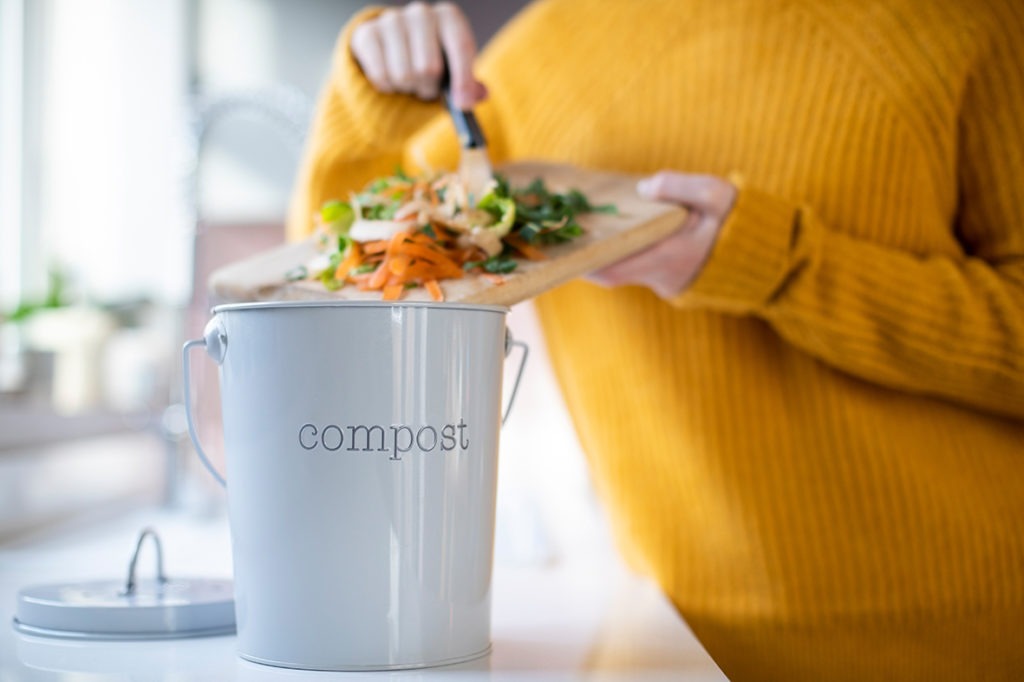
Pretty soon, many more Australians are going to be composting their food waste. The Victorian government is rolling out its four-bin system from this year, the City of Sydney is conducting a food scraps recycling trial and even the federal government is considering a plan to turn household kitchen scraps into fertiliser for farmers.
But knowing exactly what to put in your compost bin can be tricky, and views differ on whether you should add items like meat and citrus. Composting is fairly simple, but it’s important to get it right. Otherwise, your mix may be too slimy or smelly, or attract rats.
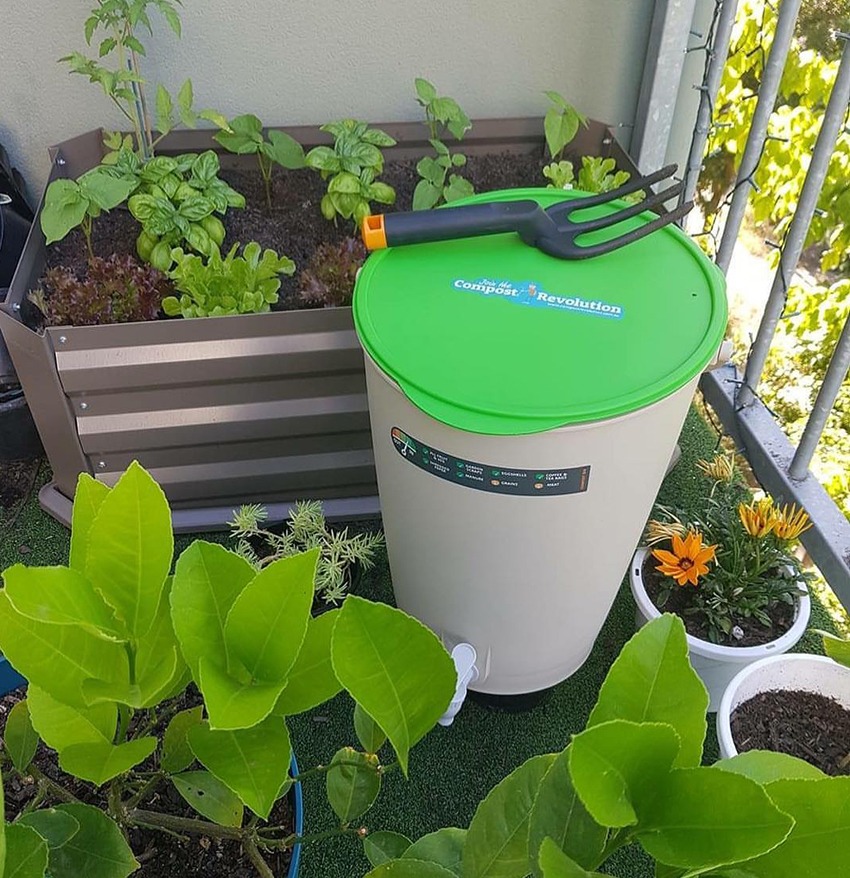
Your own composting system
Composting is a way of doing what happens in nature, where raw organic materials are converted to soft and spongy soil-like grains. These help soil retain water and make nutrients available to plants. In fact, compost is so valuable for your garden, it’s often referred to as “black gold”. For those of you composting food scraps at home, here’s how to make sure the system delivers what you need for your home gardening projects.
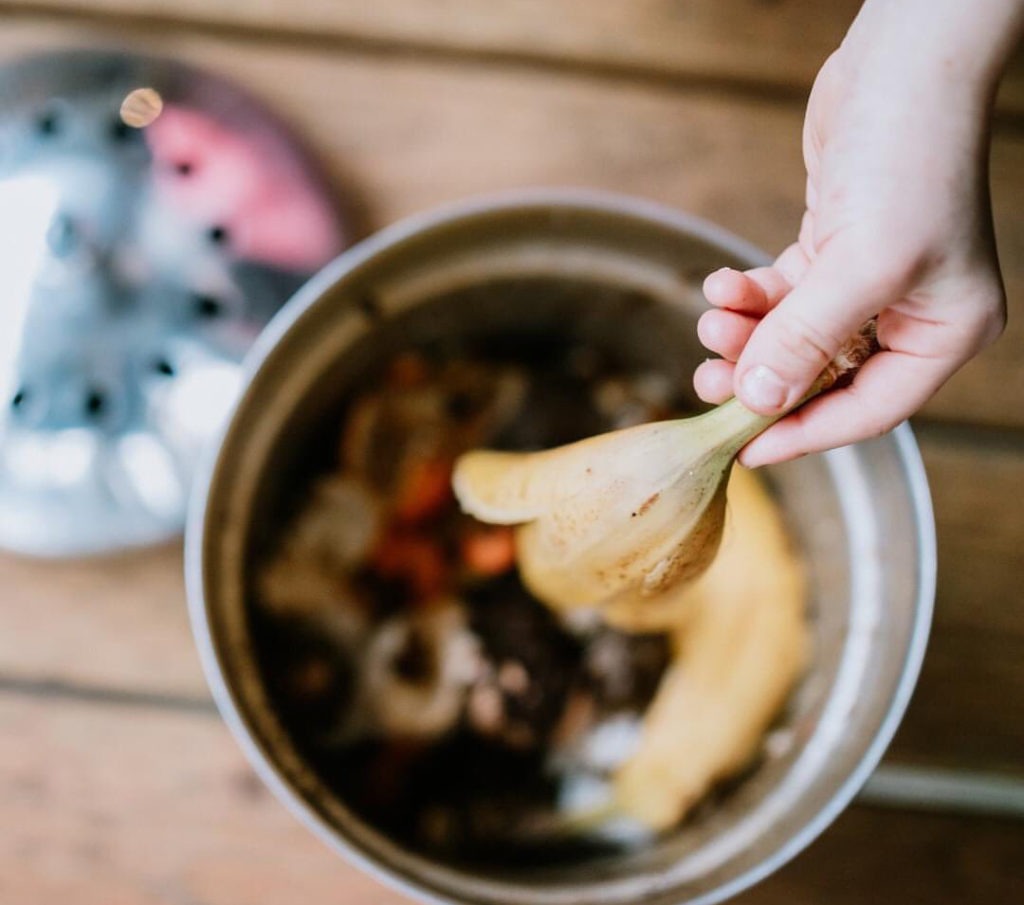
Composting dos
• DO use two bottomless bins so when one is full you can use the other, in a shady spot.
• DO have a good mix of “browns” (two parts) and “greens” (one part). Combine brown materials (hay, straw, sawdust, woodchips, leaves, weeds that have not gone to seed) with food scraps and other materials (fruit and vegetable peels and rinds, tea bags, coffee grounds, eggshells), and some types of animal manure (chicken, cow, horse).
• DO let the temperature climb. Heat in the centre of your compost pile is a good sign, as the microbes are breaking down what you’ve put in. As the compost matures it cools, creating a great environment for worms and other microbes to finish off the process.
• DO make sure your coffee grounds and tea bags can break down by removing the bag before you add it to the pile. Moist tea leaves can help your pile break down faster. Citrus fruit, spicy peppers, onion and garlic are fine, just don’t add them to your worm farm; the worms will suffer under the acidic conditions produced when these items break down.
• DO get creative with natural “brown” materials – as long as there’s no plastic mixed into it, throw it in. This includes anything from cereal boxes to cotton balls, wine corks, fireplace ashes, even human hair and pet fur.

Composting don’ts
• DON’T let your compost bin be a feast for local rodents such as rats. Bury the base slightly into the ground, lining the bin with wire mesh and keeping it covered. Avoid adding meat scraps, cooking fats and oils, milk products and bones, which will attract vermin.
• DON’T let your compost get stinky or slimy – that means it’s too wet. Slimy compost means you need to add more “brown” materials. You can also speed things along by having a dig through the heap every week or so, or adding extra bits and pieces at various stages (chook poo, crushed rock and lime) to help it all happen faster.
• DON’T let chemicals or germs get into your compost. This includes treated wood waste, pet waste (if they take medication or eat meat) and sick plants. Home compost bins are limited in what they can process. It’s a good idea to wear gloves as an extra safety measure.
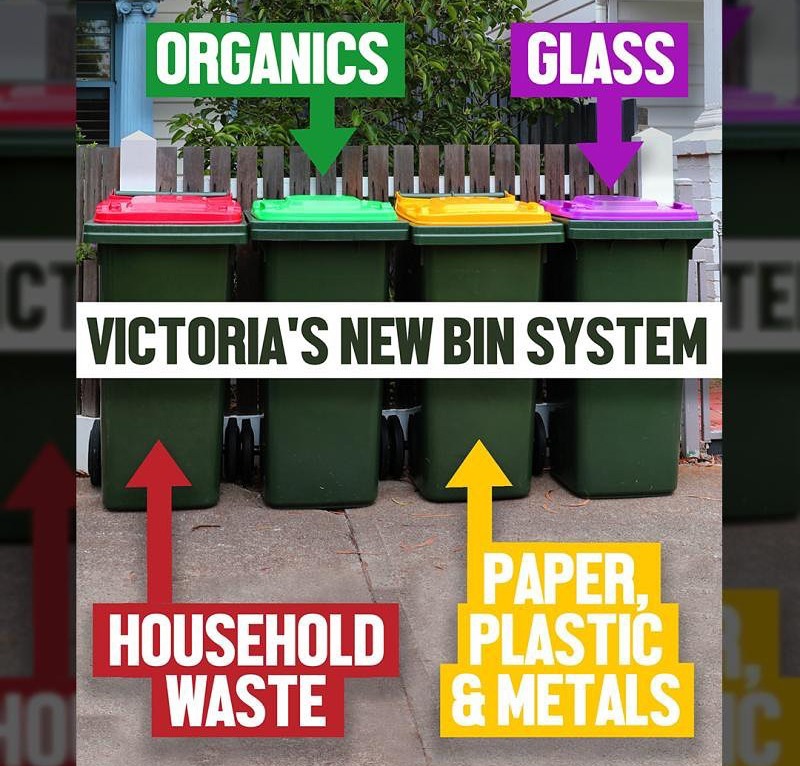
Council compost collection
Local councils are increasingly offering food waste collection programs, sometimes along with garden green waste. In such cases, these materials are processed at large-scale composting sites. In Victoria, a four-bin waste and recycling system is being rolled out in partnership with councils. Most households will be using this system by 2030.
Gold Coast City Council recently diverted 553 tonnes of food waste from landfill during a one-year trial, addressing home composting space issues for the region’s many apartment and high-rise dwellers. If your council offers food waste collection, ensure you follow their “dos and don’ts” advice. Depending on where you live, it may differ slightly to ours.
To bag, or not to bag?
Working out how to bag up your food scraps – whether for your home bin or council collection – can be confusing. Make sure you bag your food waste correctly according to your local instructions for kerbside collection. You can try putting “home compostable” bags in your own compost bin, experimenting with your bin temperature to achieve the best outcome. Compostable plastic is designed to break down into nutrients. However, most still need managed, high-heat conditions to activate this process.
Don’t be tricked by “degradable” bags – these are likely made of plastic and just break into millions of tiny pieces. Also, some “biodegradable” plastics made of plant-based materials might not be better for the environment, and can take just as long to degrade as plastic.
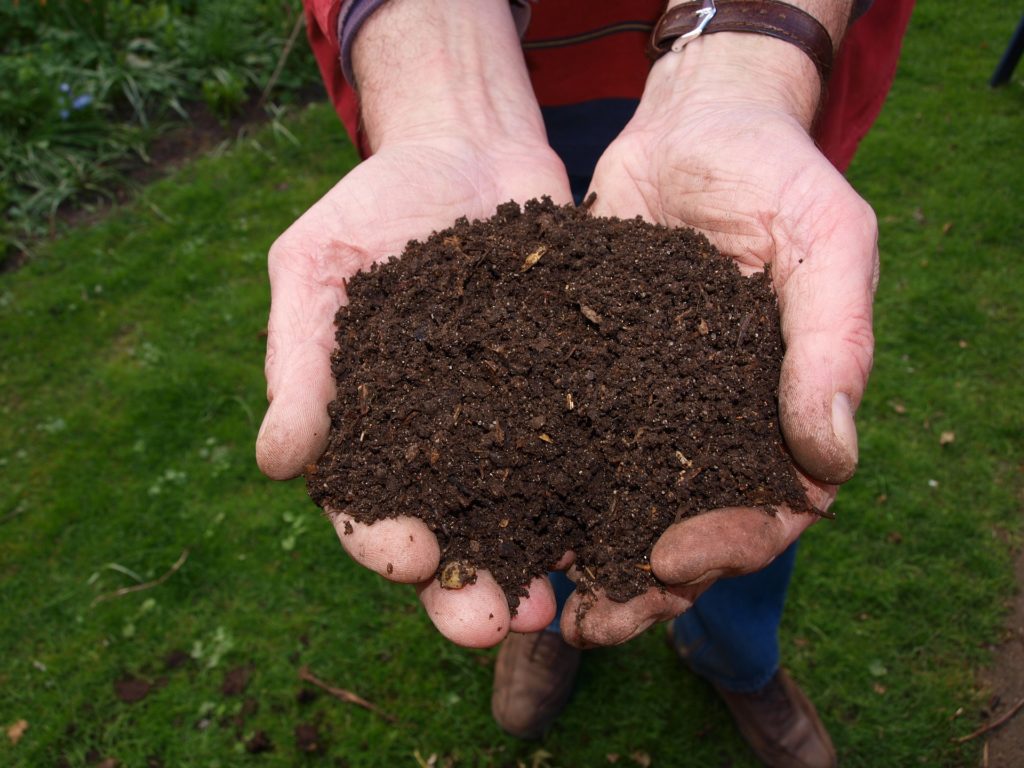
The benefits of composting
Making compost at home doesn’t just lighten your rubbish bin and help your garden. It also helps to tackle climate change. Each year in Australia, food waste rotting in landfill creates methane equivalent to around 6.8 million tonnes of carbon dioxide. If global food waste were a country, it would be the third-largest emitter of greenhouse gases in the world, behind the United States and China. So clearly, there are many great reasons to compost. And by following a few simple rules, you too can create your own “black gold”.
This article was written by Cheryl Desha, Associate Professor, School of Engineering and Built Environment, and Director, Engagement (Industry), Griffith University; Kimberley Reis, Lecturer, School of Engineering and Built Environment, Griffith University; and Savindi Caldera, Research Fellow, Cities Research Institute, Griffith University, and was originally published by The Conversation.









